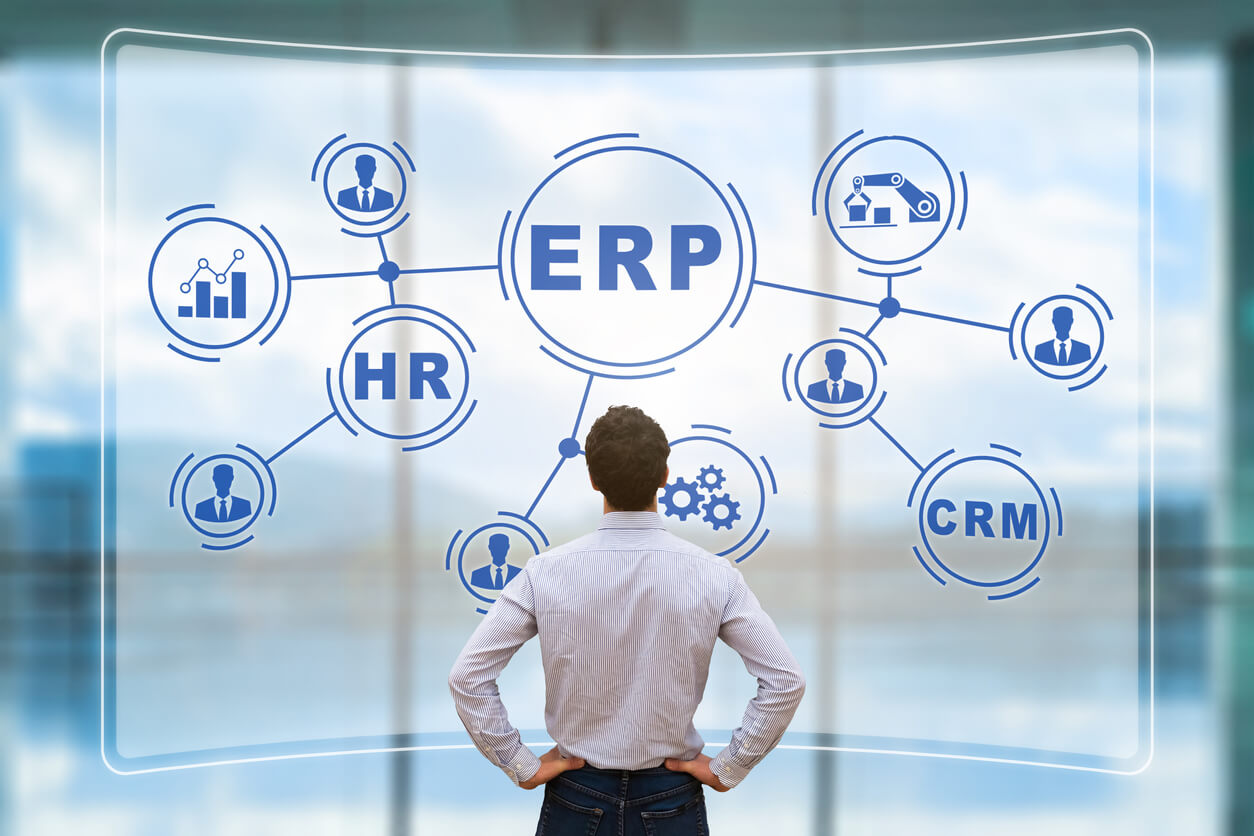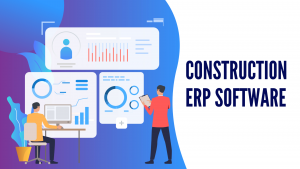Compare ERP prices for software and installation from several providers on a like-for-like basis is one of the most challenging aspects of purchasing a new ERP system.
Here below are three recommendations that might be beneficial. Have a look!
Advice 1 – Establish a clear scope for the project
Among the most common sources of confusion when compare ERP expenses is data that cannot be evaluated on a like-for-like approach. This frequently occurs when the project scope is inadequately specified, causing suppliers to incorporate software features they feel may be required. The functional scope will influence the modules or apps needed. Because many systems are billed based on modules or apps, this can substantially impact the cost.
There are always situations where it is not a black-and-white, yes-or-no choice. An intelligent method is to specify what is absolutely in scope, what is not in scope, and what is optional so that they may be costed individually when possible.
Advice 2 – Decide who and how many the users are
Given that this is the criterion for deciding the cost of ERP software, it’s evident that this is a task that demands some attention. However, other hurdles make this more complicated than it appears. Even determining how many individuals are using existing systems may be challenging. It can be especially tough to decide what they are using it for.
It’s also critical to identify which aspects of the new program consumers will be utilizing. All of this can take time, especially for more prominent organizations with several sites or divisions, but having a good understanding of users and their tasks can greatly assist suppliers in pricing the genuinely required software.
Advice 3 – Approach implementation phasing with an initial “starting point” perspective
The services offered by the ERP implementation partner are often the most expensive external cost factor in an ERP system. How the project will be staged is an essential factor in selecting these. This affects the duration and the number of consultants required on the ground at any moment, both of which influence service prices. A “steady state” go-live is not a feasible option for many implementations. Risk issues, working with numerous sites or business divisions, technological constraints, and other business imperatives might all be valid reasons for this.
It’s not always evident what the ideal phasing strategy is. The only sure thing is that it must be phased in some fashion. Too much agonizing about this early in the choosing process isn’t helpful, so how can you get beyond this stumbling block? The selection procedure will require considerable time, providing the chance to go through the phasing choices concurrently, so the most efficient strategy is to develop a reasonable phasing approach and use this as the foundation for obtaining information from suppliers. All suppliers competing against the same expected phasing strategy will make analyzing their costs easy.
Whether you’re interested in learning more about ERP software or comparing different solutions, Connected IT Consulting is here to help you.
Please find out more about ERP costs by talking to our team.
Related Links
ERP Project Management
Business Process mapping
Small Business ERP
ERP Consulting



